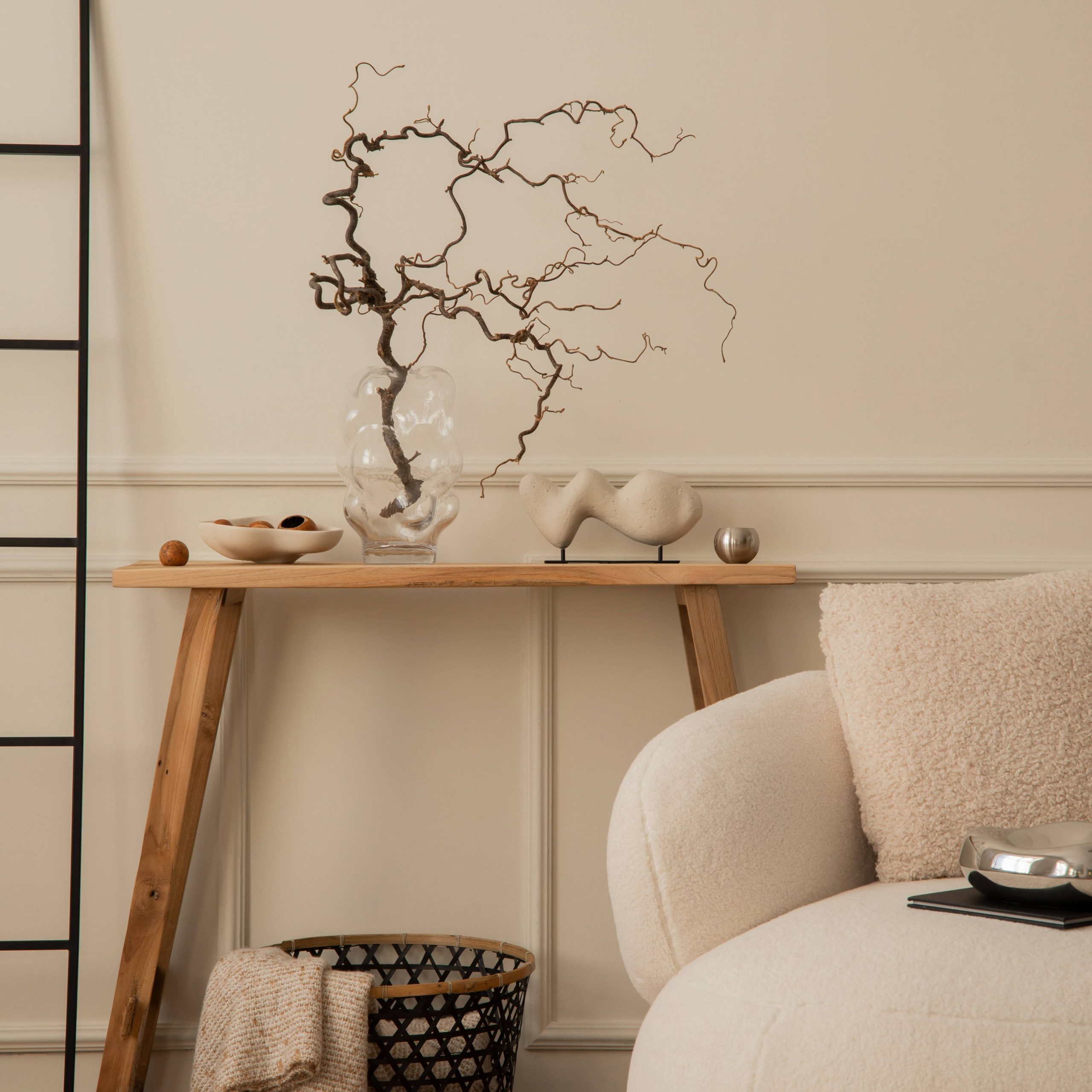
Decorating your home is akin to painting a canvas; it requires a keen eye for detail, harmony, and a sense of personal style. One of the most pivotal aspects of interior design is creating balance. Balance in home decor refers to creating an even distribution of visual weight in a room, ensuring that no one side feels heavier or overwrought. Achieving balance helps to foster a sense of order, comfort, and cohesion within a space, which can profoundly impact the overall ambiance and functionality of your home.
Understanding Balance in Home Decor
Balance in interior design is akin to the principle of equilibrium in physics, where elements are arranged to ensure that no single part of a space overpowers or disrupts the visual flow. There are three primary types of balance in interior design:
1. Symmetrical Balance: This involves a mirrored duplication; think of it as creating a visual reflection. It’s most commonly used in more formal settings like dining rooms and living rooms.
2. Asymmetrical Balance: Unlike its symmetrical counterpart, asymmetrical balance involves arranging dissimilar objects but achieving a balance through visual weight. This is often perceived as more dynamic and informal.
3. Radial Balance: This is achieved when elements are arranged around a central point, frequently seen in rounded or spiral configurations. Think of a circular table surrounded by chairs.
Tips to Create Balance in Your Home Decor
1. Symmetrically Arrange Furniture
For those who lean towards a classic or formal feel, symmetrical balance is your go-to style choice. Place identical sofas or chairs on either side of a central coffee table. You can also consider placing matching lamps on identical tables to frame a bed or sofa. This mirroring approach provides a sense of order and tranquility.
2. Use Color Evenly
Distributing color evenly throughout a room can significantly impact its balance. For instance, if you have a bold, dark-colored sofa, consider balancing it out visually with dark accents, such as a rug or cushions, on the opposite side of the room. This helps the eye distribute the color weight equally, avoiding a color heavy-side.
3. Create Visual Weight with Accessories
In terms of asymmetrical balance, grouping objects of varying sizes can create harmony. Use this in your bookshelf or mantle arrangement. Pair large books with smaller decorative items like vases or memorabilia to keep things dynamic yet balanced. Remember, the key is to play with size, texture, and shape but keep the overall visual weight in check.
4. Leverage Focal Points
A focal point naturally attracts the eye and can serve as an anchor to balance the rest of the room’s decor. This could be anything from a fireplace, a large piece of artwork, or a spectacular view. Once you establish the focal point, place furniture and decor around it in a way that complements both the focal point and the room’s balance.
5. Maintain Proportionality
Proportion plays a critical role in balance. Within any given space, the size of the furniture and its relationship to the room proportions should be harmonious. Avoid using overly large furniture in a small room, as it can visually crowd the space. Similarly, small pieces in a larger area can look misplaced and awkward. Keeping furniture proportional to space ensures balance and functionality.
6. Balance Textures and Patterns
Just as colors need balancing, so do textures and patterns. If you’re using a heavily patterned wallpaper or fabric, balance it with solid-colored furniture and decor. Textural balance can be achieved by mixing hard elements like wood and metal with softer ones like textiles and upholstery.
7. Use Lighting Strategically
Lighting has an enormous impact on balance. Use a mix of lighting types to create depth and add dimension to a space. Ambient lighting provides overall illumination, task lighting focuses on specific areas, and accent lighting adds drama and interest. Balancing these light sources will create a harmonious and inviting atmosphere.
8. Play with Heights
Balance isn’t just a left-to-right endeavor. Vertical balance is equally vital. Vary the heights of your furniture and decor pieces to create depth and interest. A tall bookshelf can balance a long, low sofa, while pendant lights can add height to a dining area, preventing it from feeling too grounded.
9. Regularly Refresh and Edit
As your style evolves, so too should your decor. Regularly assess each room’s balance to accommodate new items or changes in layout. Editing your space periodically can help rebalance and ensure that it continues to reflect your personal style while maintaining a sense of harmony.
Conclusion
Creating balance in your home decor is an art that combines creativity, a keen eye, and a bit of intuition. Whether you favor a formal, symmetrical balance or the more dynamic asymmetrical style, incorporating these principles ensures a homely charm and a visually pleasing environment.
Ultimately, a balanced space not only reflects aesthetic appeal but also contributes to a harmonious living environment. Your decor should speak to your personality and comfort while fostering tranquility and functionality. As you explore various ways to achieve balance in your home, remember that it’s not just about visual appeal; it’s about creating a space where you feel anchored, inspired, and at peace.







